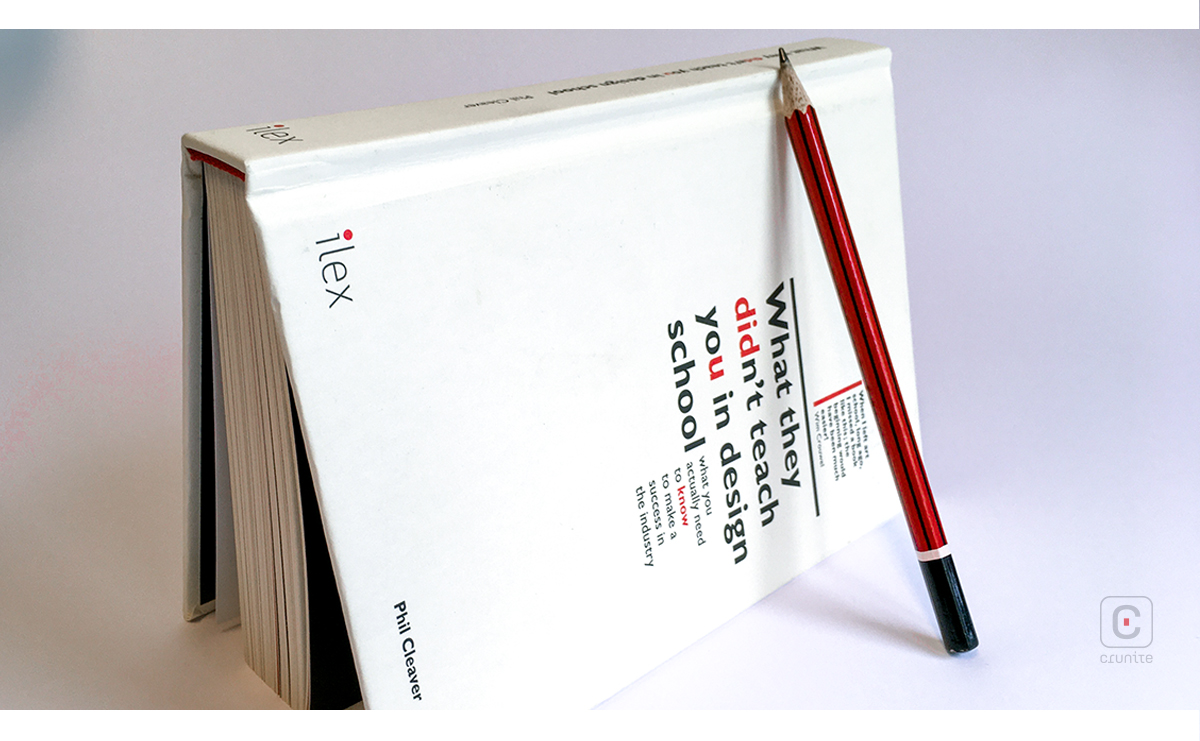
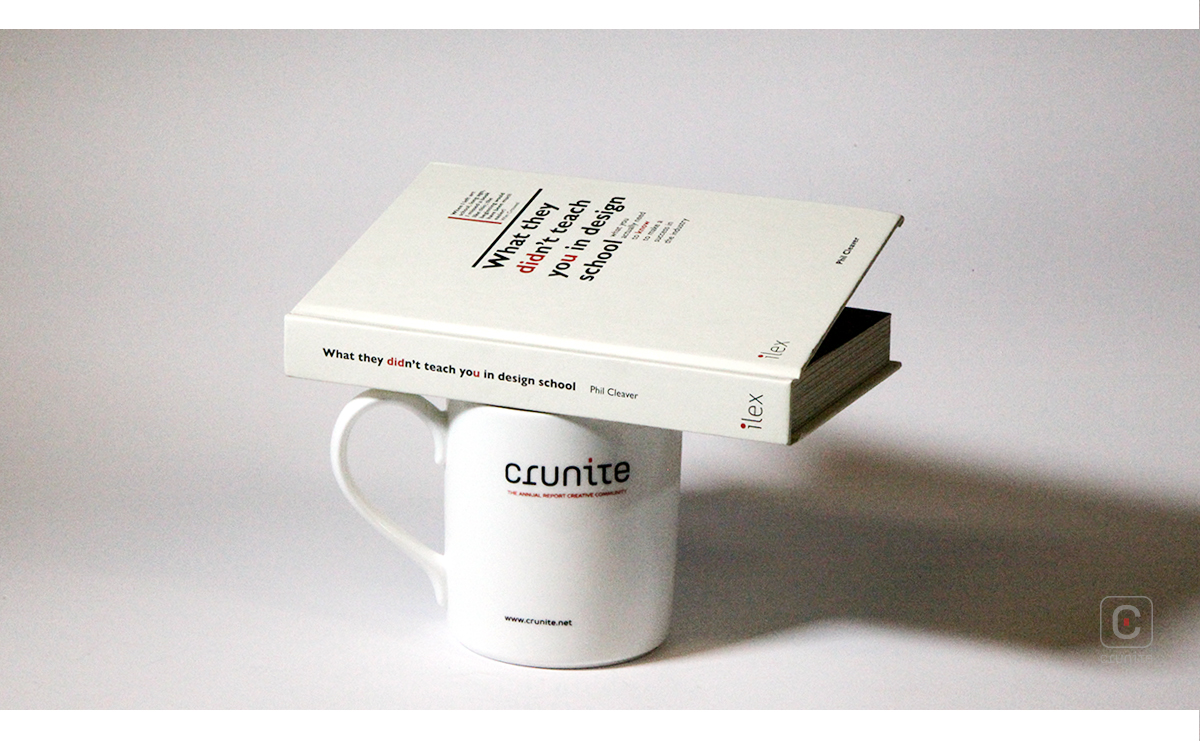
Professor Cleaver’s book has a simple premise: a practitioner with decades of experience in the cold, hard world of commercial design provides advice to young designers.
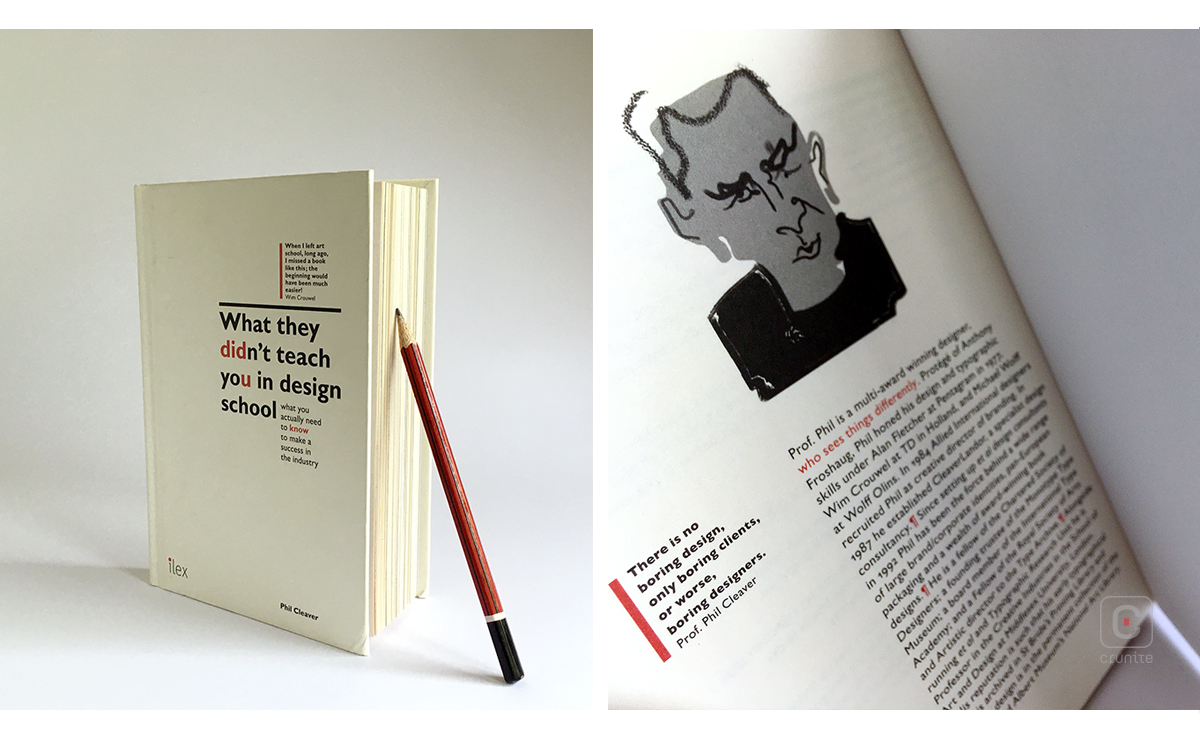
This beautifully designed book rarely addresses academic concerns, assuming the reader has already graduated from design school, so don’t let the professor’s title fool you – Cleaver’s employment record includes some of the world’s most demanding studios, including Pentagram, TD (Wim Crouwell’s outfit), and Wolff Olins (before starting his own consultancy, CleaverLandor).
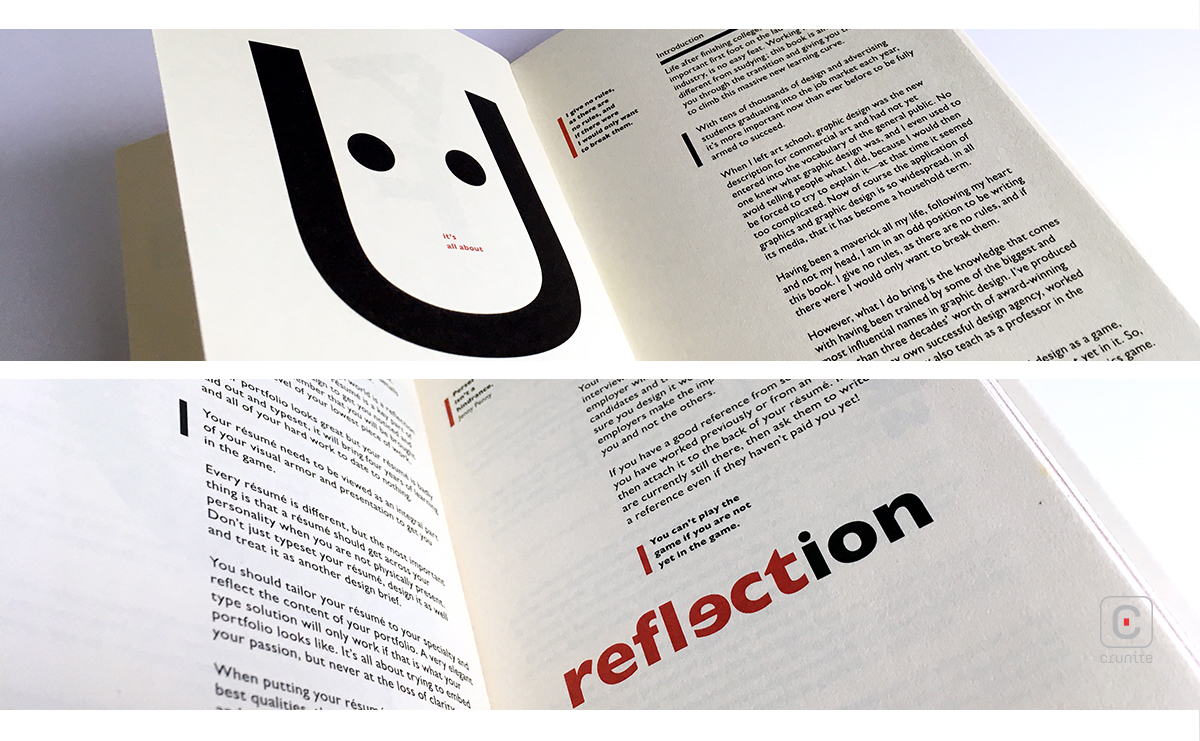
The advice is provided in clear, simple English and divided into easily digested chapters. Among the many welcome practical aspects of work discussed, Cleaver addresses things like the vital skill of how to work with printers and not lose your mind. The book is full of gems and is worth rereading as your career progresses.
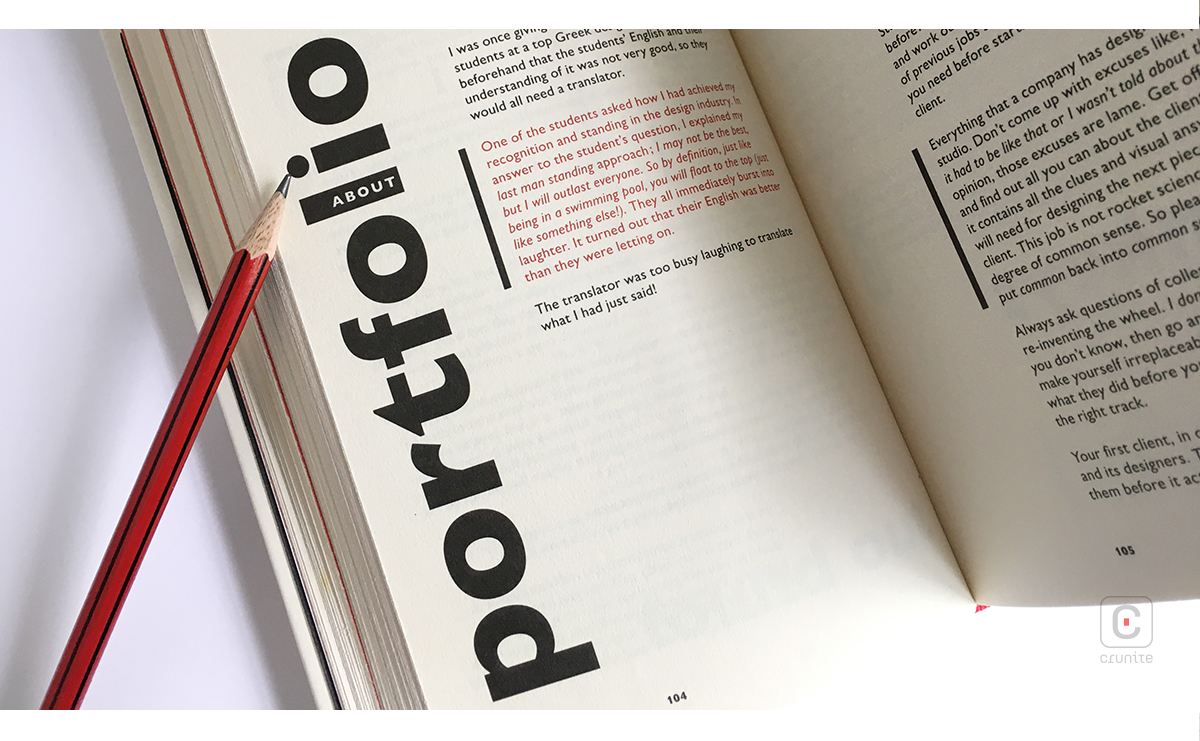
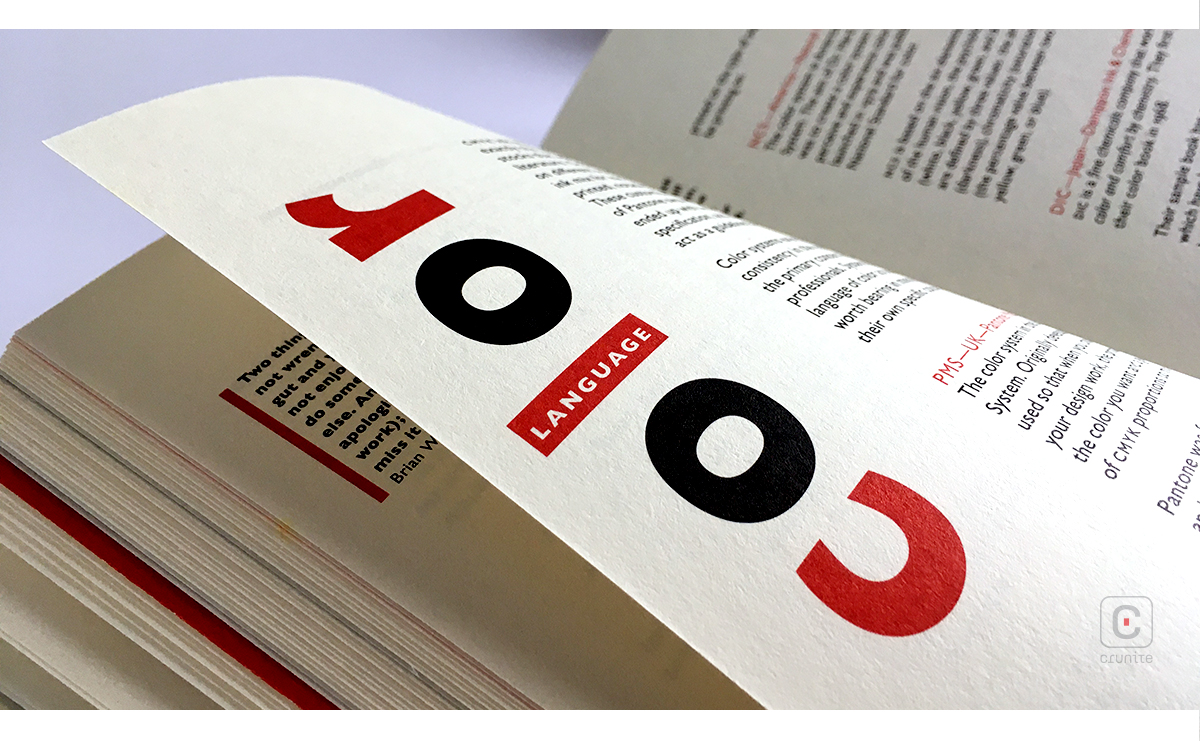
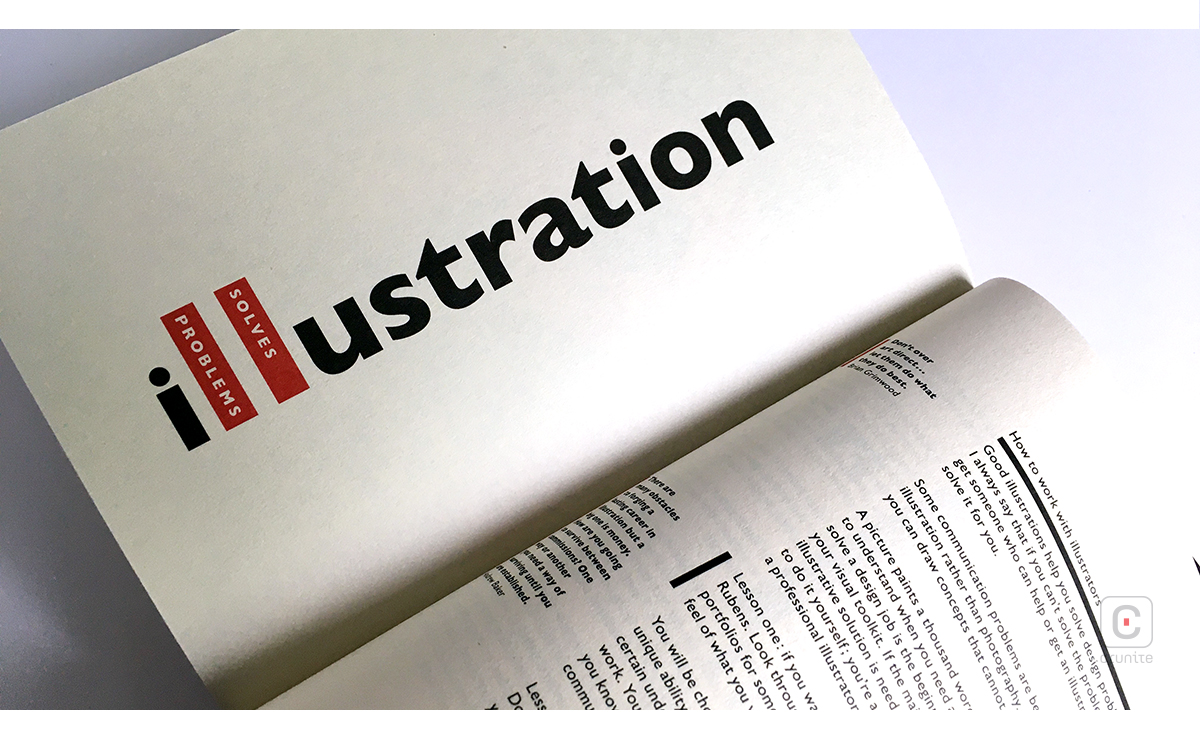
Cleaver, obviously, designs his own book and one element of page design that might have been distracting in lesser hands is a series of quotations from luminaries in the field of design. These function as commentary on the text or as summaries, in a technique harking back to illuminated manuscripts. It is lovely to see in a modern context.
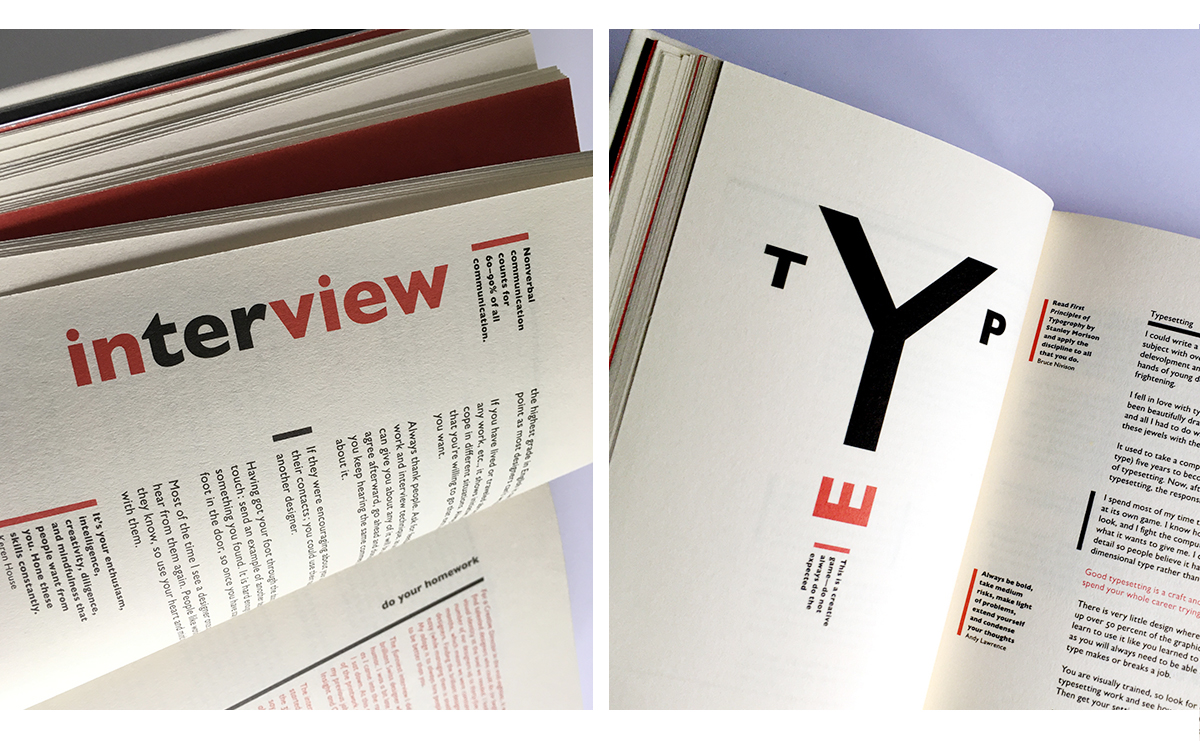
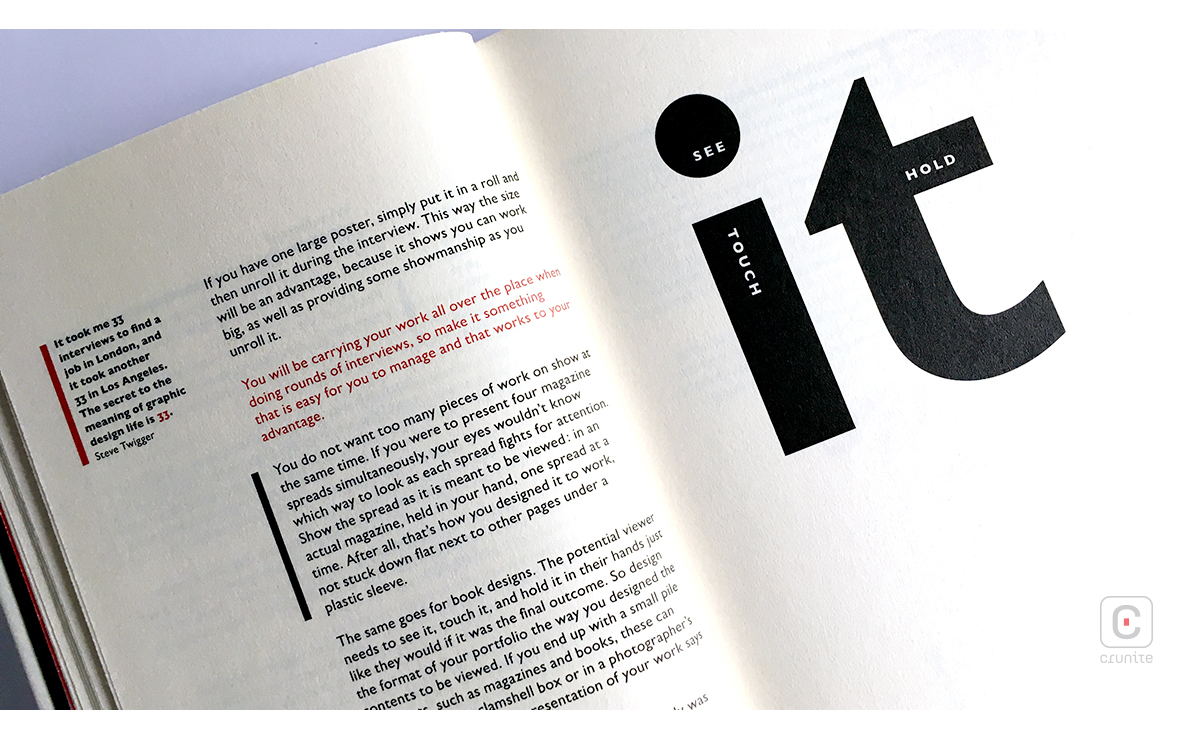
Key paragraphs are clearly marked, allowing the reader to absorb the gist of a page quickly. A skillfully deployed colour palette of red and black (with cream paper) is used as an efficient navigation system. The red in particular does some heavy lifting – everything from drawing the eye to a title to delicately picking out the full stop in a file name.
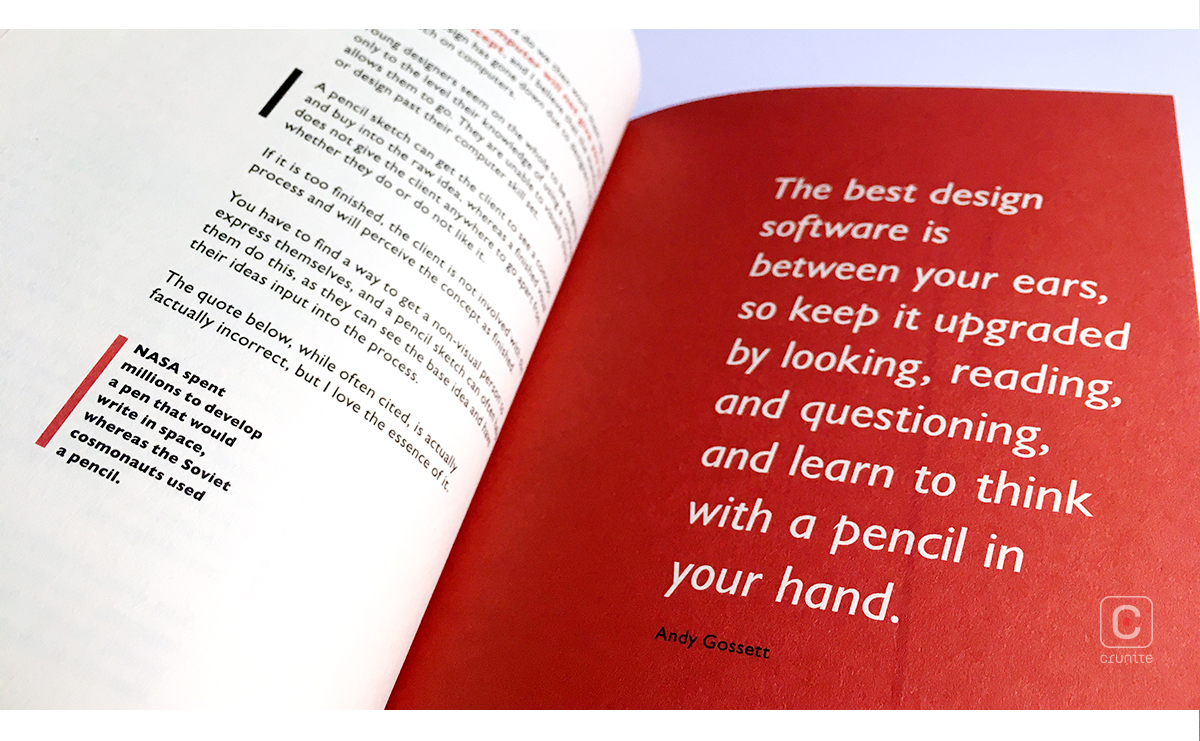
Cleaver isn’t greedy with typefaces, either. He sticks to a single sans serif in multiple weights, and makes it perform so many tricks it boggles the mind. A good example of this is his approach to designing title pages – he coopts the tools of concrete poetry and turns a single-word title into a piece of commercial art.
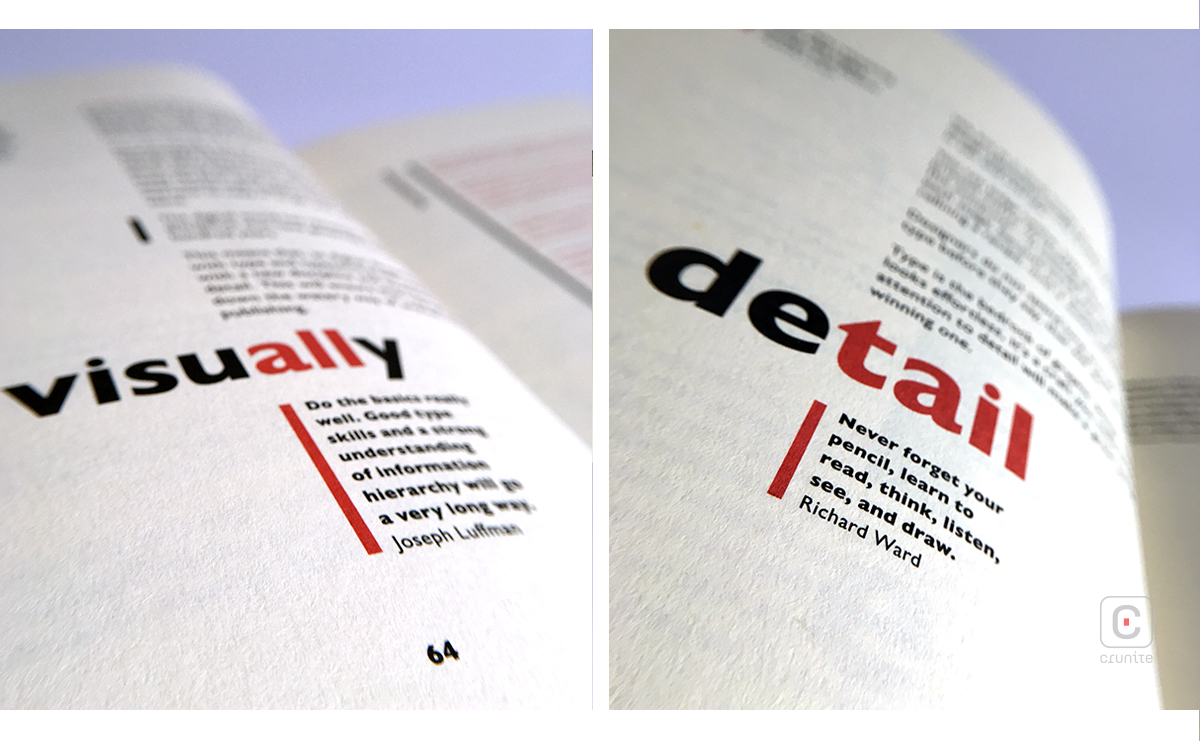
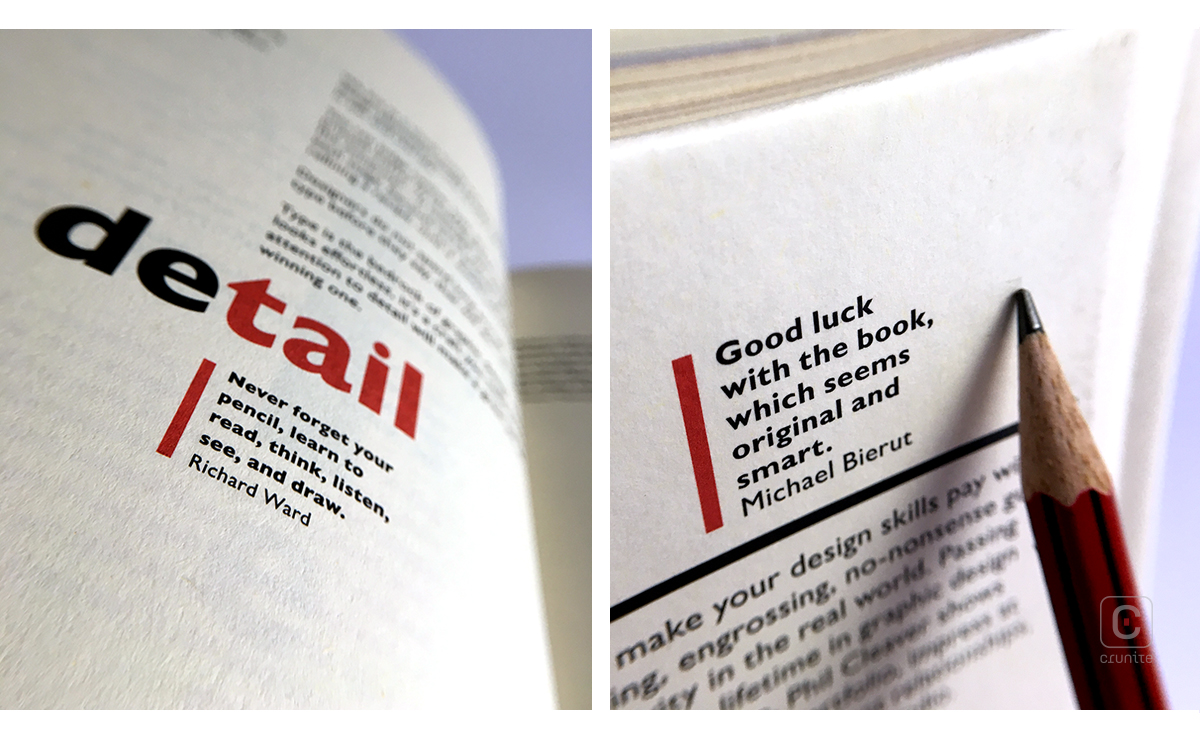
If there’s one thing lacking in the book, it’s an index, but this is a minor quibble. It does have a handy glossary.
Cleaver’s book shows a precise mind capable of using a limited toolkit to create unexpected, memorable results. If you’re finishing design school or if you’ve just entered the workplace and need guidance for what you’re going to face, buy Cleaver’s book. You won’t regret it and you will joyfully pass it on to the young designer after you.
